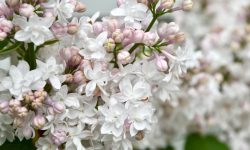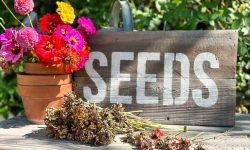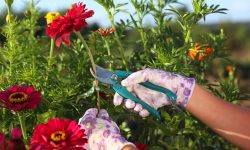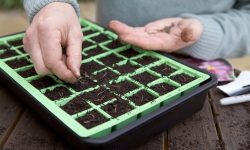Understanding the Nature of Gardenias
Gardenias are beloved for their creamy white blooms and intoxicating fragrance. These evergreen shrubs thrive in warm climates and bring elegance to gardens, patios, or even sunny indoor spaces. To grow them successfully, it is essential to understand their preferences in terms of environment, soil, and light.
Native to tropical and subtropical regions, gardenias prefer warm, humid conditions. They grow best in USDA zones 8 to 11 and can be cultivated both in-ground and in containers. Their glossy green leaves and fragrant flowers make them an exceptional choice for ornamental gardening.
Creating the Ideal Growing Conditions
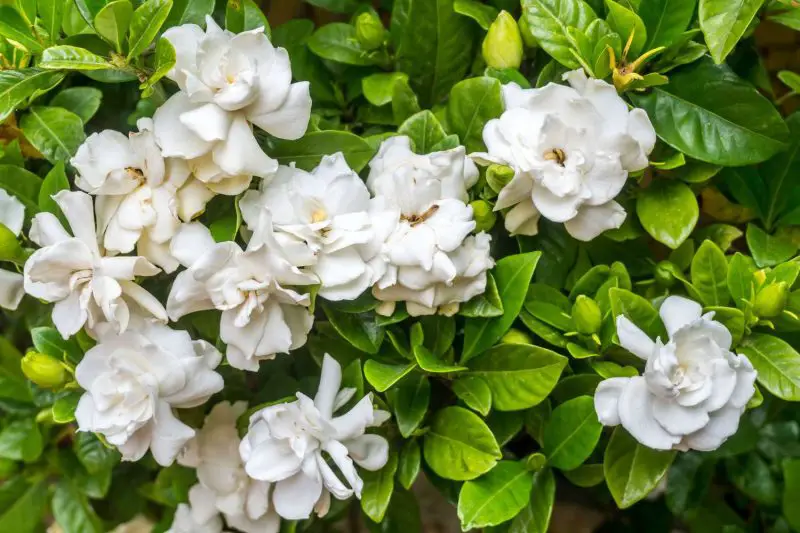
Providing the Right Light
Gardenias need plenty of sunlight to produce abundant flowers. They flourish with morning sun and afternoon shade. In hot climates, full sun may cause leaf scorch, so partial shade is ideal during the hottest part of the day. If you’re growing gardenias indoors, place them near a south-facing window to ensure they receive enough bright, indirect light.
Choosing the Right Soil
Acidic soil is a must for gardenias. They prefer a pH level between 5.0 and 6.0. Soil that is too alkaline can cause nutrient deficiencies, resulting in yellowing leaves and poor flower production. A rich, well-draining soil amended with organic matter such as peat moss or pine bark can greatly improve their growth. Drainage is also key because gardenias dislike soggy roots, which can lead to root rot.
Managing Humidity and Temperature
Gardenias thrive in humid environments. Dry indoor air can cause flower buds to drop before opening. To maintain proper humidity, consider using a humidifier or placing a tray of water near the plant. Outdoors, gardenias do well when planted in areas protected from strong winds and sudden temperature changes. They prefer temperatures between 65°F to 75°F during the day and a little cooler at night.
Proper Watering Practices
Gardenias require consistent moisture but do not like to be overwatered. The top inch of soil should be allowed to dry before watering again. During the growing season, water deeply and regularly, adjusting frequency based on weather and indoor conditions. In winter, watering can be reduced as the plant’s growth slows. Use lukewarm water and avoid wetting the foliage to prevent fungal diseases.
Feeding Gardenias for Maximum Blooms
To keep gardenias blooming and healthy, fertilization is key. Use a fertilizer formulated for acid-loving plants. Start feeding in early spring and continue every few weeks through the growing season. Fertilizers high in nitrogen encourage lush foliage, while those with added phosphorus help promote flowering. Be cautious not to over-fertilize, as this can cause salt buildup and damage roots.
Pruning and Deadheading
Pruning gardenias not only keeps their shape but also encourages better blooming. The best time to prune is after the flowering season, usually late summer or early fall. Remove faded flowers and trim back leggy growth. Avoid cutting into old wood, as gardenias bloom on new growth. Light pruning also helps improve air circulation around the plant, reducing the risk of fungal infections.
Managing Common Problems
Addressing Yellow Leaves
Yellowing leaves are a common issue and may indicate several problems including overwatering, poor drainage, or iron deficiency. Ensuring proper soil pH and watering habits can usually resolve the issue. Iron supplements or chelated iron can be added if the soil is too alkaline.
Dealing with Pests
Gardenias are sometimes plagued by pests such as aphids, whiteflies, and spider mites. Regular inspection is important. A gentle spray of water or insecticidal soap can usually handle minor infestations. Neem oil is also an effective natural remedy. Keeping the plant healthy overall is the best prevention against pests.
Handling Bud Drop
Bud drop can be frustrating. It often results from inconsistent watering, low humidity, or sudden temperature changes. Maintaining stable growing conditions, avoiding drafts, and ensuring adequate humidity can help retain flower buds until they bloom.
Growing Gardenias Indoors
When growing gardenias indoors, the challenge lies in replicating their outdoor environment. They need bright light, high humidity, and consistent watering. Avoid placing them near heaters or air conditioners, which can cause sudden changes in temperature. If humidity is low, consider grouping plants together or placing them on humidity trays.
Repotting should be done in early spring before new growth starts. Choose a container that allows for drainage and use acidic potting mix. Indoors, gardenias may benefit from supplemental grow lights, especially during winter months.
Seasonal Gardenia Care
Spring and Summer Care
This is the active growing and blooming season. Water regularly, feed every few weeks, and prune lightly if necessary. Watch for pests and diseases and act promptly to manage any issues. High humidity and consistent temperatures support lush growth and fragrant flowers.
Fall and Winter Care
As growth slows, reduce watering and stop fertilizing by early fall. Move container-grown plants indoors before temperatures drop. Gardenias may go semi-dormant during this time, so leaf drop is normal. Keep them in a cool, bright location and resume regular care in spring.
Propagating Gardenias at Home
Gardenias can be propagated through stem cuttings. The best time to take cuttings is in late spring or early summer. Select healthy stems and make a clean cut just below a leaf node. Dip the cut end in rooting hormone and place it in a moist, well-draining growing medium. Cover with plastic to retain humidity and keep in a warm, bright area. Roots typically develop within a few weeks.
Propagation is an excellent way to multiply your plants or share gardenias with friends and family. With a little patience, new plants can flourish just like their parent.
Frequently Asked Questions
How do I get my gardenia to bloom more often?
To encourage frequent blooming, make sure your gardenia receives enough indirect sunlight, consistent watering, and regular feeding with an acid-loving plant fertilizer. Also, keep the humidity level high and prune it lightly after each flowering cycle to stimulate new buds.
Why are my gardenia leaves turning yellow?
Yellowing leaves can be caused by overwatering, poor drainage, low humidity, or a pH imbalance in the soil. Check the moisture level and adjust watering habits. If the yellowing is between the veins, your plant may need iron or sulfur to correct the pH and nutrient levels.
Can I grow gardenias indoors year-round?
Yes, you can grow gardenias indoors if you provide them with bright light, stable temperatures, and adequate humidity. They do well near south-facing windows with indirect sun. Be sure to maintain a consistent care routine, especially during winter when indoor air becomes dry.
How often should I fertilize my gardenia?
Fertilize gardenias every two to four weeks during their growing season with a product formulated for acid-loving plants. Avoid fertilizing in winter when the plant is dormant, as it won’t absorb nutrients efficiently and may be harmed by the buildup.
When is the best time to prune a gardenia?
The best time to prune gardenias is right after they finish blooming, usually in late summer. This gives the plant time to develop new growth before the next flowering cycle. Avoid heavy pruning in late fall or winter as it can affect spring blooming.
Conclusion: A Fragrant Success with Care
With attention to light, humidity, soil, and feeding, gardenias can reward you with continuous blooms and intoxicating fragrance. They may require a bit more care than other plants, but the payoff is well worth the effort. Whether indoors or outdoors, learning how to read your gardenia’s signals is the key to long-term success. With consistent and mindful care, you’ll keep your gardenia healthy, lush, and flowering throughout the year.


